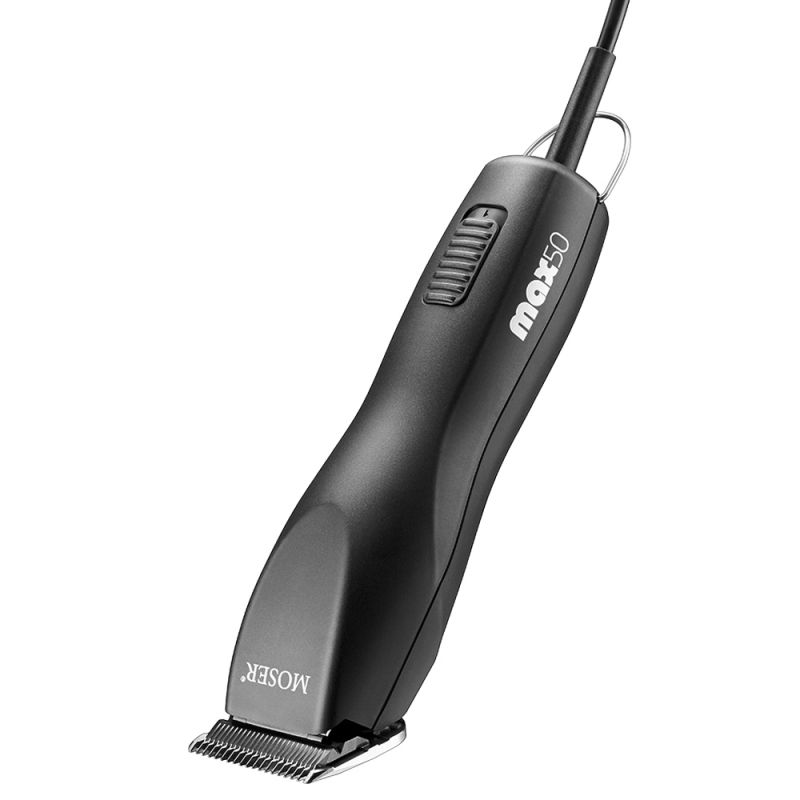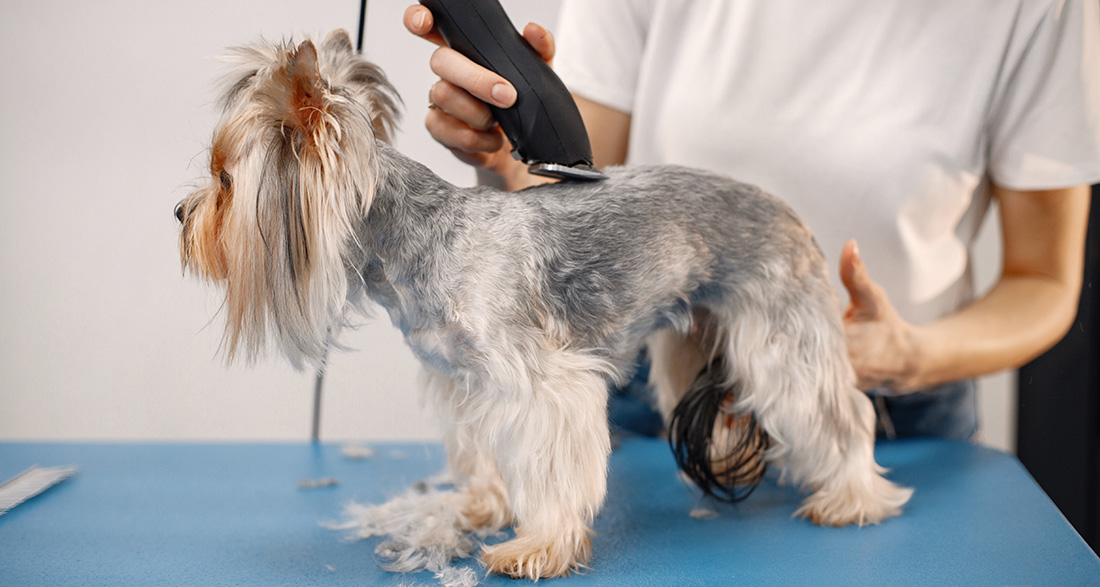Regular coat care is an essential part of responsible dog ownership. Depending on the breed, the coat should be brushed at least once a week. Especially during shedding seasons, using a brush more frequently is advisable. In the summer, many dog owners wonder whether they should clip the fur of their four-legged friends. Is clipping beneficial for our canine companions? If so, what should be considered?
Canine Coat: Guard Hair and Undercoat
In some dog breeds, the coat consists of guard hair and undercoat. However, some breeds, such as Maltese and Yorkshire Terriers, have a single-layer coat structure with no undercoat. Guard hair protects against external elements like sun, rain, or dirt and is longer than the undercoat. On the other hand, the undercoat is shorter and provides insulation against cold weather. During the spring shedding season, a significant amount of the undercoat is shed. Proper coat care is essential for the dog’s coat to fulfill its function.
How do dogs sweat?
Since dogs have few sweat glands on their bodies, they primarily regulate body temperature through panting. The evaporation of moisture in the mouth and nose has a similar cooling effect to sweating in humans. Sweat glands in dogs are mainly found on the soles of their paws, serving for scent marking. Therefore, don’t be surprised if your furry friend pants more heavily in the summer; it’s their way of staying cool.
Clipping a dog’s coat to provide cooling in the summer is not always necessary. However, you can help them cope with the summer heat through other measures, such as setting up a dog pool.
When should dogs not be clipped?
Dogs with undercoats should not be clipped. Clipping removes the guard hair and, consequently, its protective function. This often leaves only the undercoat, leading to excessive undercoat growth and potential matting. Improper clipping can also result in post-clipping alopecia, causing bald patches or uneven regrowth of guard hair tufts. In such cases, it’s better to use a brush. Thorough brushing removes dead undercoat, stimulates blood circulation, and allows air circulation.
Which dogs can be clipped?
Dogs with single-layer coat structures can generally be clipped. However, never clip your dog’s coat completely, as without fur, they lose protection against UV radiation and pests. For older or ill animals struggling with shedding, clipping the dog’s coat may be sensible. Before deciding on clipping, always consider your dog’s coat type and health. Consult a professional dog groomer or your trusted veterinarian for advice.

Moser Max50 Clippers:
- The all-rounder – professional, powerful, and quiet
- Optimal weight distribution and anti-slip insert in the handle area
- Particularly convenient for cleaning and replacement
How can I clip my dog?
To make clipping as smooth and stress-free as possible for the dog, a few basic rules can help. Learn how to handle the clippers from an experienced dog owner or at your local dog salon. For easygoing dogs, a detailed guide, some understanding of dog behavior, and a lot of patience are often sufficient.
If you plan to clip your dog, first accustom them to staying still. Teach them to stand quietly on a table or on the floor for an extended period—even when their owner approaches with a buzzing machine. Proper training builds trust and establishes a good foundation.
Now, choose the right clipping comb based on your dog’s hair length. Many clipper sets include multiple combs for you to try and use as needed. When in doubt, choose the larger comb—you can always trim more later.
It is advisable to brush out matted areas before clipping. This ensures that the clippers can glide smoothly through the fur without issues.
To make clipping as painless as possible, always clip in the direction of hair growth! Gently guide the clippers from your dog’s head towards the tail—only as needed in specific areas or over the entire body.


